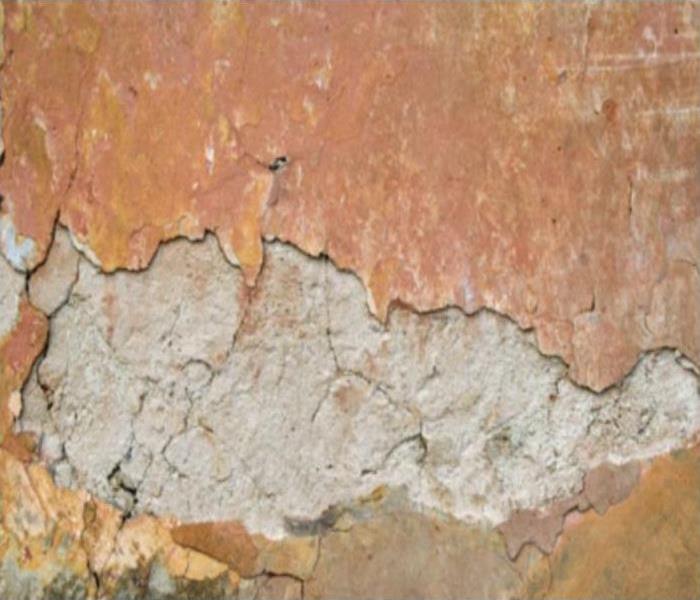Old Homes vs. New Homes - Part 1
7/2/2018 (Permalink)
Some damages are easier to see and fix while others end up becoming a much larger problem than anticipated. There are a few factors to take into consideration when mitigating and restoring an old or new home after a fire or water damage. The age of the home can tell you right away what kinds of materials were used to construct it. Knowing the materials you will be removing (and replacing) is half the battle.
- Plaster - Plaster is the oldest material known to man and up until the 1950's, it was the number 1 method for creating interior walls and ceilings.
"Due to the number of coats and lathing, a plaster wall tends to be thicker than a drywall wall, which can create a greater air barrier. This thickness also creates a good sound barrier between rooms. If the lathing and framing are done well, plaster can provide a much more rigid wall leading to reduced likelihood of buckling or breaking. Since plaster is not a solid when it's applied to the wall, it can be a good choice for curved or irregular surfaces. Finally, the gypsum within the plaster has a high water content, which gives the walls fire-resistant qualities. Even with these benefits, plaster has fallen out of favor with homeowners today. First, the plastering process is labor intensive, causing the price to rise. Plastering is also time-consuming -- in applying and drying time. In addition, while plaster is very durable, it can crack with the settling of the building or improper installation. Some of these cracks can be fixed with plaster or a setting-type compound, yet others require structural restoration."
More often than not once the plaster cracks, it starts to crumble leaving large unattractive holes in your walls and ceilings unless you repair the crack right away. Not all cracks require a skilled Plasterer. If the crack is small enough, a container of plaster of paris and 20 minutes of your time can get the job started.
https://home.howstuffworks.com/home-improvement/home-diy/projects/drywall-vs-plaster.htm





 24/7 Emergency Service
24/7 Emergency Service
